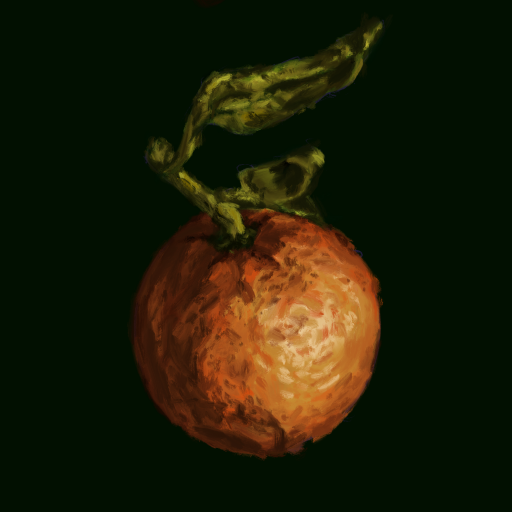Concepts to look into:
- Carbon Literacy Standard
- Silvopasture – continued meat production that produces less emissions
- Material Circularity
- Billion Tonne Solutions
- Nine Planetary Boundaries
- Donut Economic Model
- Life Cycle Assessment – a systematic process that evaluates the environmental impact of a product, service, or system throughout its entire life cycle. (energy usage → CO2E to calculate)
- Product Environmental Footprint
- The five tonne lifestyle
- The social and environmental impact assessment (SIA and EIA) model is a methodological tool that helps predict the potential consequences of a project or program on the environment and community. – important to consider when
- Gold Soil Standard – Catering
- BREEAM Certification – Energy consumption within buildings
- Material Circularity
- Reporting of carbon – Scope 1, 2, and 3
- Offsetting – buying into wind farms, solar farms, etc. to offset the amount of energy used
Notes:
- Perceptions about Climate Crisis, Carbon Emergency, Climate Change – especially in communications or marketing
- Nine Planetary Boundaries
- Stratospheric Ozone Depletion – CFCs
- Atmospheric Aerosol Loading
- Ocean Acidification
- Biogeochemical Flows –
- Green Water – water in the soil for plants to use
- Carbon Sink
- Radiative Forcing
- Novel Entities – “things created and introduced into the environment by human beings that could have positive or negative disruptive effects on the earth system” – Plastic, etc.
- Donut Economic Model
- Greenhouse Earth
- Troposphere; tropo – to twist, to change; a layer that changes constantly
- Greenhouse Gases – 80% is CO2 | Methane, N2O, F-Gases, Ozone, Water Vapour
- GWP – Global Warming Potential – how hot can it get? In comparison to CO2
- CO2E – E-Equivalent – to have considered other Greenhouses Gasses in the emissions
- CO2 E (Gt) – Gt – billion tonnes & gigatonnes
- Methane emission sources – landfills, rice production (already produced in a way that is less methanogenic), wetland degradation, enteric fermentation – waste from cows and sheep, fugitive emissions – used by oil and gas industries for technical faults in oil and gas leaks,
- methane is stored in the soil, it bubbles up naturally, wetlands
- N2O – fertilizer use, fossil fuel combustion
- F-Gas – refrigerators, air conditions
- 5000kg per year, so carbon budget per day =5000/365
- Sending emails? – carbon emissions?
- People and Planet University League – to measure the sustainability of universities
